The construction industry has seen numerous innovative approaches to sustainable and efficient building materials in recent years. Among these emerging trends, one particularly interesting development draws inspiration from an unlikely source - the classic children's fable of the Three Little Pigs. What began as conceptual exploration has evolved into a serious architectural movement championing three distinct material philosophies, each with its own merits and applications in modern construction.
The Straw Construction Revival
Contrary to the fable's warning, straw has re-emerged as a legitimate building material with surprising durability when used properly. Modern straw bale construction utilizes compacted agricultural byproducts treated with fire-retardant and moisture-resistant coatings. These bales, when properly sealed and supported by timber framing, create walls with exceptional insulation properties. The R-value of straw bale walls typically ranges between R-30 and R-50, far exceeding conventional wood framing with fiberglass insulation.
Architects specializing in sustainable design have embraced straw construction for its ultra-low embodied energy. Unlike manufactured insulation materials that require significant energy to produce, straw utilizes a waste product that would otherwise be burned or left to decompose. Modern engineering solutions have addressed the material's vulnerabilities - raised foundations prevent moisture damage, and breathable lime plasters allow walls to regulate humidity naturally. Projects ranging from rural homes to urban infill developments have demonstrated straw's viability when detailed correctly.
The Timber Renaissance
The second pig's choice of wood finds strong resonance in today's mass timber movement. However, contemporary wood construction bears little resemblance to the simple stick framing of the fable. Engineered wood products like cross-laminated timber (CLT), glue-laminated beams (glulam), and laminated veneer lumber (LVL) have revolutionized what's possible with this ancient material. These products combine wood's natural advantages - renewability, carbon sequestration, and workability - with engineered precision and strength rivaling concrete and steel.
High-rise timber buildings now push past 20 stories, challenging conventional height limitations for wood structures. The material's prefabrication potential allows for faster, quieter construction with less site disruption - particularly valuable in urban environments. Perhaps most significantly, wood's biophilic qualities create interior environments that measurably improve occupant wellbeing. Studies show reduced stress levels and increased productivity in wood-framed workspaces compared to steel and concrete alternatives.
Brick's Enduring Legacy
The third pig's brick house represents perhaps the most conventional choice by modern standards, yet even this traditional material has undergone significant innovation. Contemporary brick manufacturing focuses on reducing environmental impact through energy-efficient kilns, recycled content, and alternative firing methods. New brick formulations incorporate waste materials like fly ash or glass cullet without compromising durability.
Modern masonry construction combines time-tested bricklaying techniques with cutting-edge reinforcement systems. Cavity wall designs with integrated insulation and vapor barriers address historical limitations while maintaining brick's signature thermal mass benefits. In seismic zones, innovative reinforcing systems allow brick to meet stringent safety requirements. The material's fire resistance, noise attenuation, and virtually maintenance-free longevity continue to make it a preferred choice for institutional and high-end residential projects.
Material Synergies
Forward-thinking architects increasingly combine all three material approaches in single projects, recognizing that each excels in different applications. Hybrid structures might use straw bale infill for exterior walls where insulation matters most, mass timber for structural framing and interior features, and brick for high-wear areas or aesthetic accents. This integrated approach allows buildings to capitalize on each material's strengths while mitigating their individual limitations.
The Three Little Pigs metaphor extends beyond material selection to encompass broader construction philosophies. Straw represents lightweight, highly insulated envelope-focused design. Wood symbolizes prefabrication and rapid assembly techniques. Brick embodies durability and long-term resilience. Together, they form a comprehensive approach to building that addresses contemporary challenges of sustainability, speed of construction, and occupant health.
Challenges and Considerations
Each material system presents unique challenges that require specialized knowledge. Straw construction demands careful moisture management and artisan-level plastering skills that aren't widely available in conventional construction crews. Mass timber, while faster to assemble, requires precise manufacturing tolerances and careful coordination between designers, engineers, and fabricators. Brick's labor-intensive installation and higher material costs can price it out of some budgets despite its longevity benefits.
Building codes and insurance considerations also vary significantly for these alternative approaches. While progress has been made in codifying straw bale construction, some jurisdictions still treat it as experimental. Mass timber has gained wider acceptance but faces height restrictions in many areas. Brick remains the most universally accepted but must adapt to modern energy code requirements through creative detailing.
The Future of Three-Material Construction
As climate change accelerates and the construction industry seeks to reduce its carbon footprint, the Three Little Pigs approach offers a compelling roadmap. Straw sequesters carbon rapidly during growth and requires minimal processing energy. Wood continues to store carbon throughout a building's lifespan while supporting sustainable forestry practices. Brick's century-long durability spreads its embodied energy over generations of use.
Emerging technologies promise to further enhance these materials. Straw composites with bio-based binders could create structural panels. Genetically optimized fast-growing timber species may increase wood's sustainability. Carbon-neutral brick manufacturing processes are already in development. The humble lessons of a children's story may well point the way toward a more sustainable built environment.
The construction industry stands at a crossroads where material choices carry profound environmental and social consequences. By thoughtfully combining the wisdom of straw, wood, and brick - rather than dogmatically adhering to any single approach - builders can create structures that are efficient to construct, comfortable to inhabit, and gentle on the planet. The Three Little Pigs fable endures because it speaks to fundamental truths about preparation and resilience. Its architectural interpretation offers similarly timeless lessons about building for an uncertain future.

By Eric Ward/Apr 29, 2025
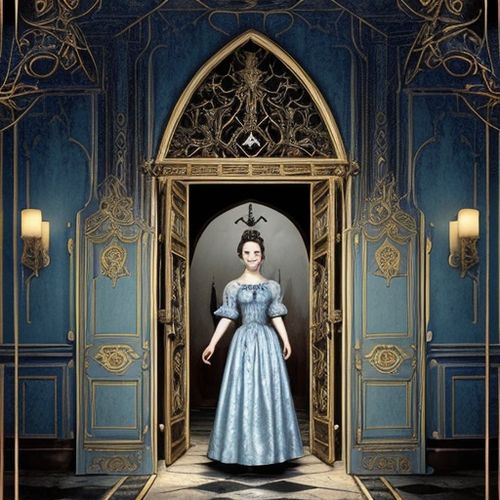
By James Moore/Apr 29, 2025
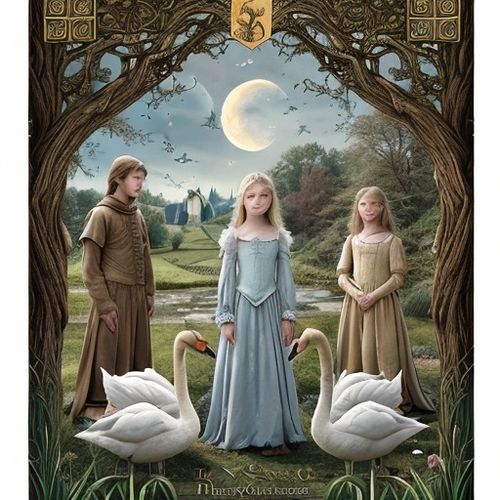
By David Anderson/Apr 29, 2025

By James Moore/Apr 29, 2025

By Lily Simpson/Apr 29, 2025

By David Anderson/Apr 29, 2025

By Christopher Harris/Apr 29, 2025

By Noah Bell/Apr 29, 2025

By Thomas Roberts/Apr 29, 2025
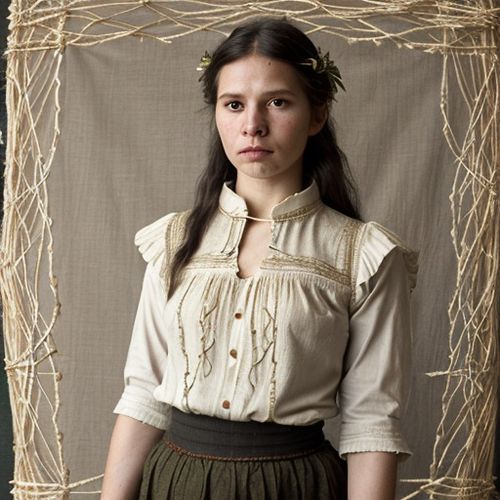
By Olivia Reed/Apr 29, 2025

By Victoria Gonzalez/Apr 29, 2025
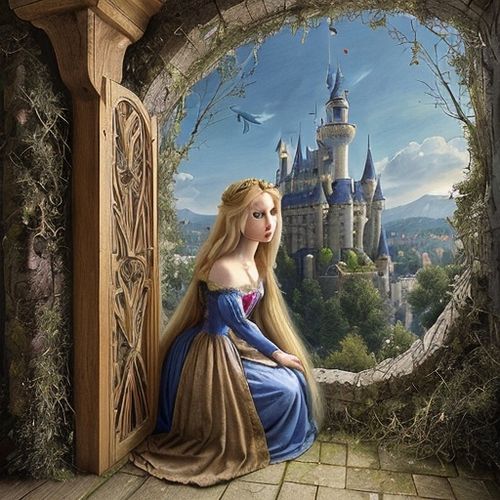
By Natalie Campbell/Apr 29, 2025

By Noah Bell/Apr 29, 2025

By Sarah Davis/Apr 29, 2025
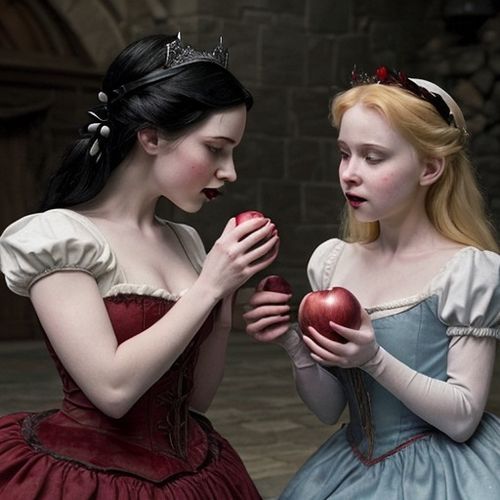
By John Smith/Apr 29, 2025
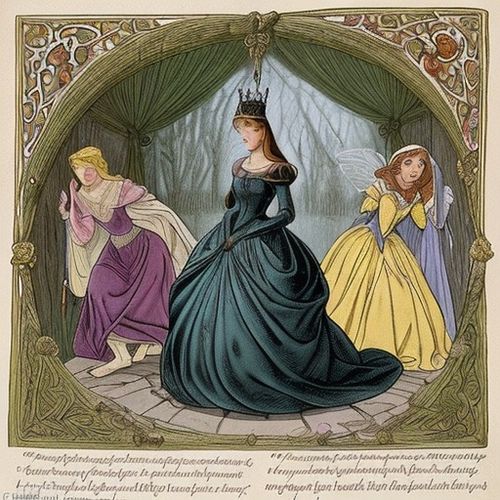
By Laura Wilson/Apr 29, 2025
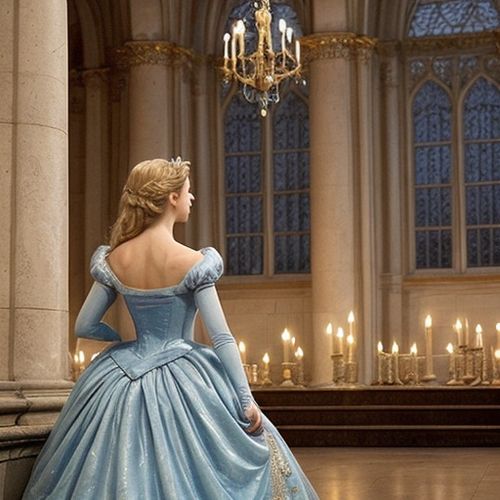
By Eric Ward/Apr 29, 2025

By Rebecca Stewart/Apr 29, 2025

By Emily Johnson/Apr 29, 2025